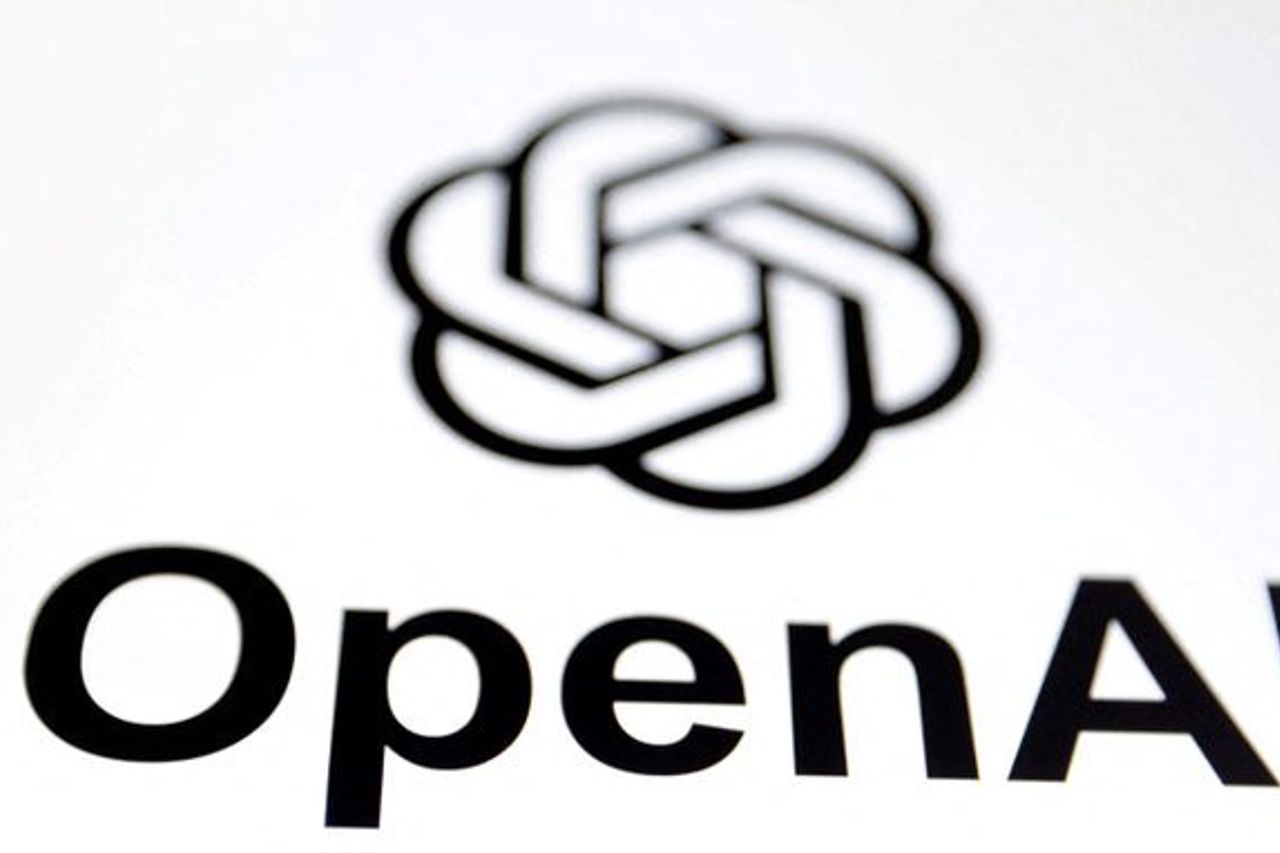OpenAI Immediately Finalizes First AI Chip Design To Reduce Dependence On Nvidia

JAKARTA OpenAI is getting closer to its first artificial intelligence (AI) chip design completion in an effort to reduce its dependence on Nvidia. A source revealed that the ChatGPT creation company will send the chip design to Taiwan Semiconductor Manufacturing Co (TSMC) in the next few months for the fabrication process.
The AI chip is designed to strengthen OpenAI's position in negotiations with other chip suppliers, including Nvidia, which currently dominates the market with a share of about 80%. OpenAI's move is also in line with the trend of big tech companies like Microsoft and Meta starting to develop their own AI chips to reduce costs and gain greater control over their AI infrastructure.
The design delivery process to the chip factory, known as the "tape-out," marks an important step for OpenAI. This first tape-out is estimated to cost tens of millions of dollars, with a production time of about six months, unless OpenAI pays more expensive to speed up the process. If this chip is produced without any problems, OpenAI could immediately start mass production and test alternative chips other than Nvidia by the end of this year.
The OpenAI AI chip was developed by an internal team led by Richard Ho, a former executive in Google's AI chip division, which has now increased its team to 40 people. OpenAI is also working with Broadcom on this project.
TSMC will manufacture OpenAI AI chips with 3-nanometer fabrication technology, one of the most advanced technologies today. This chip will use the systolic array architecture commonly used and equipped with high-bandwidth memory (HBM) to increase data processing speed. This technology is also used in Nvidia chips that support advanced AI models.
SEE ALSO:
Although OpenAI has taken a huge step, its team size is still much smaller than Google or Amazon, which has spent billions of dollars developing their own AI chips. Industry sources estimate that ambitious one-version chip design costs could reach $500 million, at an additional cost of building software and its supporting ecosystem.
The AI industry is currently experiencing a surge in demand for high-power chips. Meta has announced it will invest 60 billion US dollars in AI infrastructure by 2025, while Microsoft plans to disburse 80 billion US dollars. Increasing costs and dependence on one supplier are encouraging these large companies to look for alternatives, including by developing their own chips.
However, OpenAI's AI chips will initially be used on a limited scale, especially to run AI models, not to train new models. Companies should recruit hundreds of additional engineers if they want to build a chip development program as big as Google or Amazon has.
With OpenAI's efforts, competition in the AI chip industry is heating up, and Nvidia's dominance could start to shift in the future. However, whether OpenAI is capable of producing chips that can compete with Nvidia or just a means of negotiation with other chip suppliers is still a big question.


